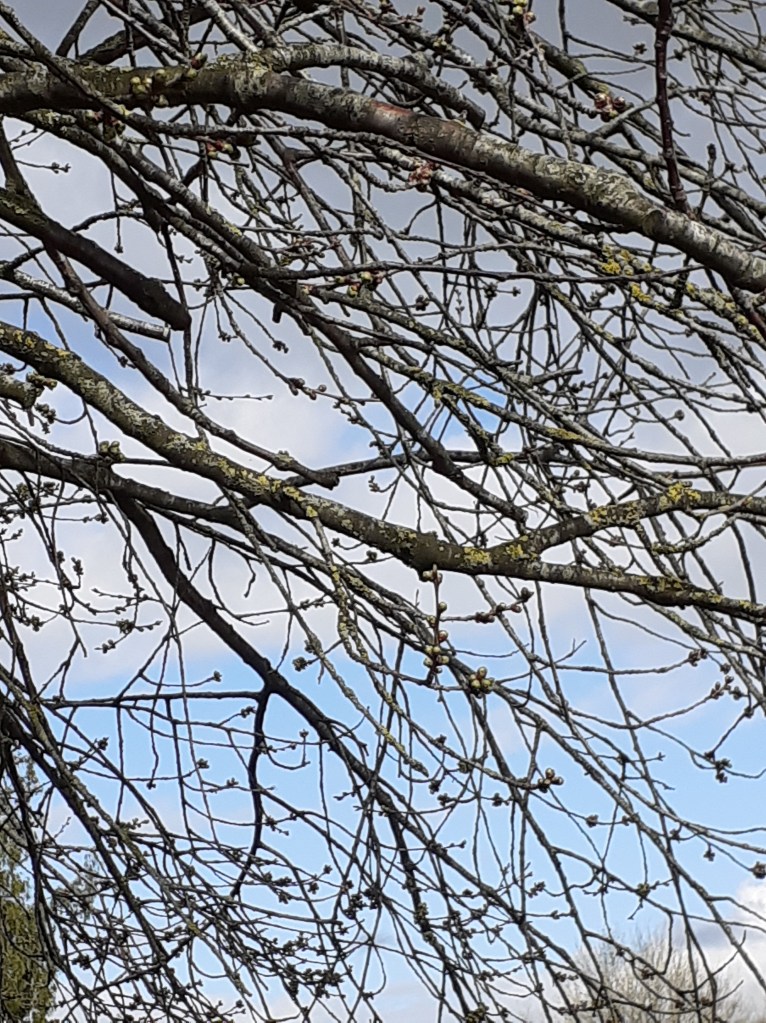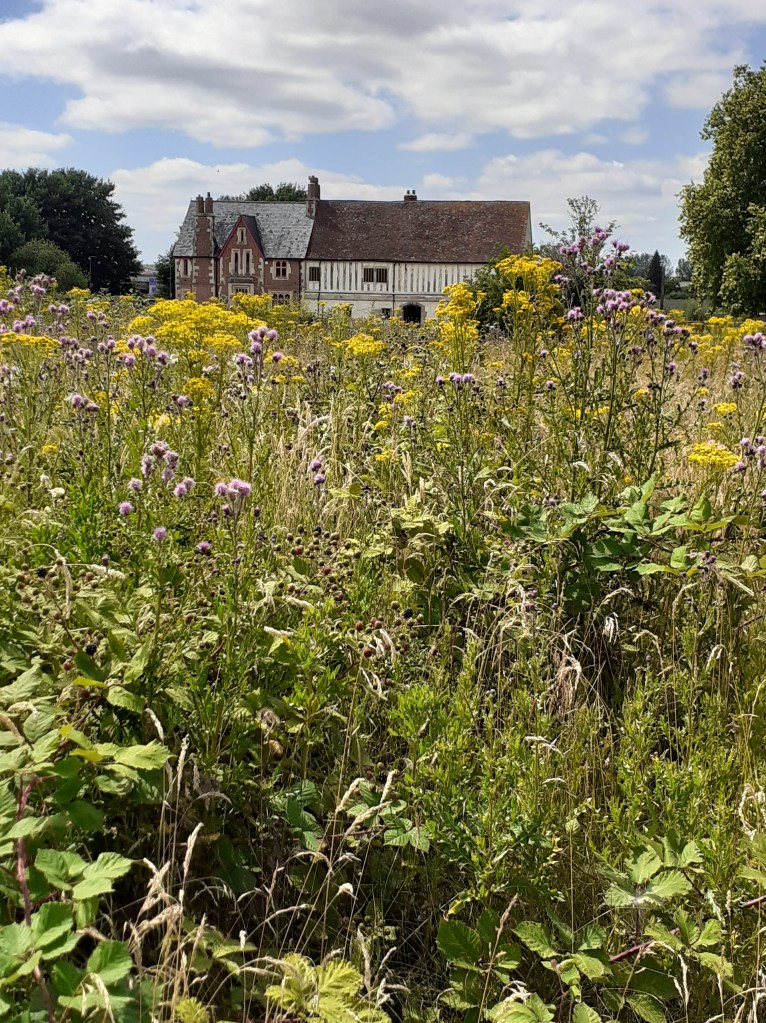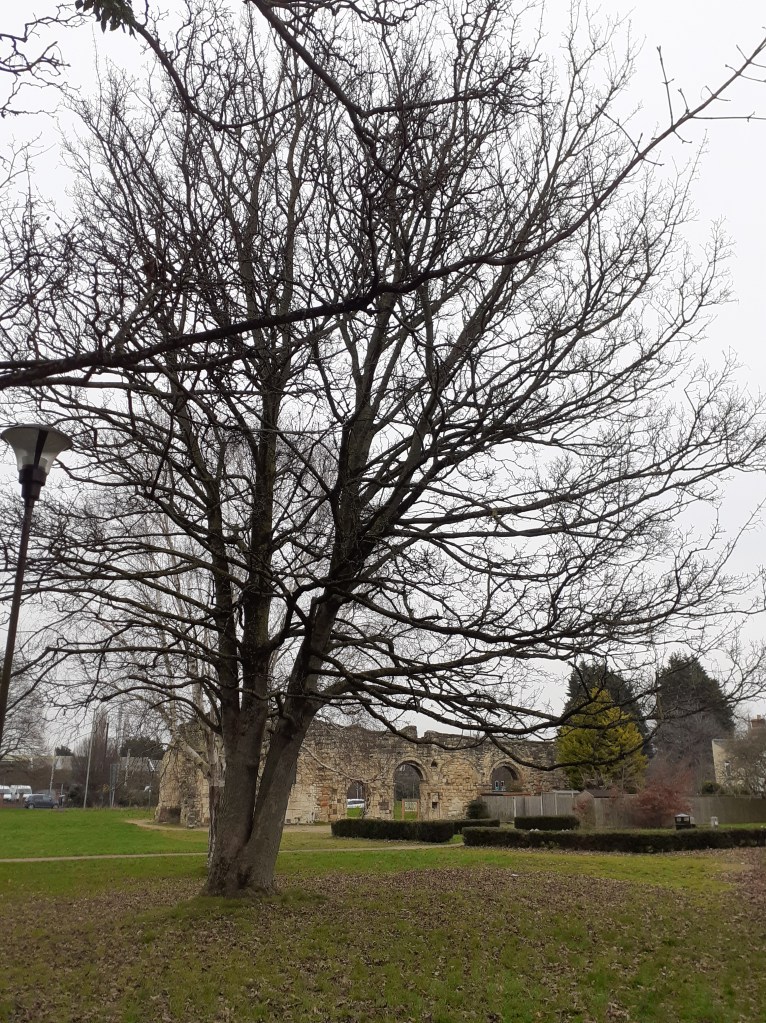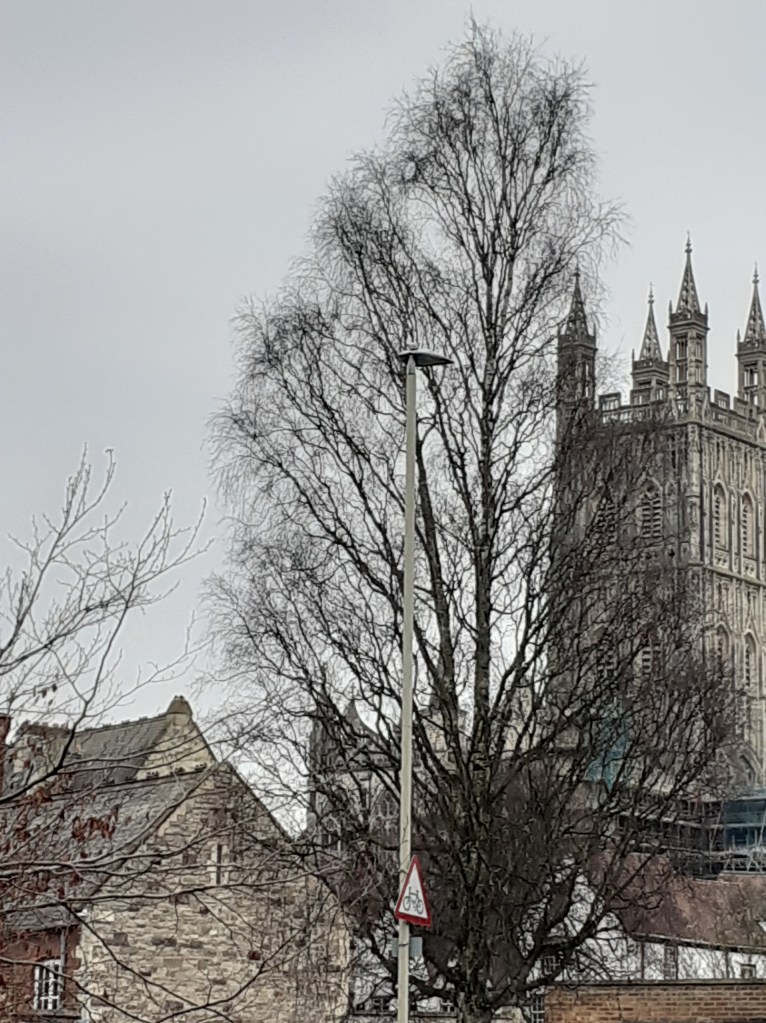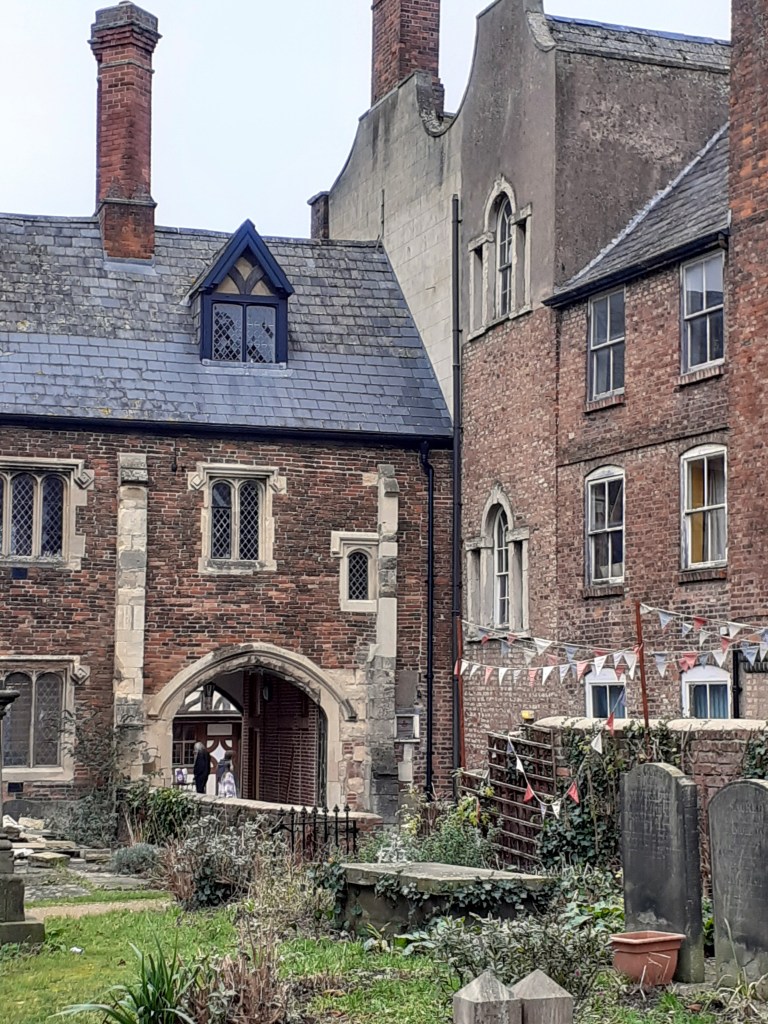HOW WE INTERPRET PAIN
Atul Gawande’s Being Mortal: Illness, Medicine and What Matters at the End (1) is about life when independent living is no longer an option, and also about the end-game. I intend to review the book fully in a later post. Here, I have extracted a passage about how we evaluate the experience of pain and suffering, and how they vary according the the stories we tell about ourselves and our lives. The author draws on his experience as a physician, a teacher and a family member.
“The brain gives us two ways to evaluate experiences like suffering – there is how we apprehend such experiences in the moment and how we look at them afterward – and the two ways are deeply contradictory. … People seem to have two different selves – an experiencing self who endures every moment equally and a remembering self who gives all the weight of judgement to two single points in time, the worst moment and the last one.
“The remembering self seems to stick to the Peak-End rule even when the ending is an anomaly”. In a hospital-based experiment (2) “just a few minutes without pain at the end of their medical procedure dramatically reduced the patients’ overall pain ratings even after they’d experienced more than half an hour of high level pain. ‘That wasn’t so terrible,’ they’d reported afterward. A bad ending skewed the pain scores upwards just as dramatically. …
“Research has also shown that the phenomenon applies just as readily to the way people rate pleasurable experiences. Everyone knows the experience of watching sports when a team, having performed beautifully for nearly the entire game, blows it at the end. We feel that the ending ruins the whole experience. Yet there’s a contradiction at the root of that judgement. The experiencing self had whole hours of pleasure and just a moment of displeasure, but the remembering self sees no pleasure at all.
“If the remembering (or anticipating) self and the experiencing self can come to radically different opinions about the same experience, then the difficult question is which one to listen to. …. In the end, people don’t view their life as merely the average of all of its moments – which, after all, is mostly nothing much plus some sleep. For human beings, life is meaningful because it is a story. A story has a sense of a whole, and its arc is determined by the significant moments, the ones where something happens. Measurements of people’s minute-by-minute levels of pleasure and pain miss this fundamental aspect of human experience. A seemingly happy life may be empty. A seemingly difficult life may be devoted to a great cause. We have purposes larger than ourselves. Unlike your experiencing self – which is absorbed in the moment – your remembering self is attempting to recognize not only the peaks of joy and valleys of misery but also how the story works out as a whole. That is profoundly affected by how things ultimately turn out.”
(1)Atul Gawande Being Mortal: Illness, Medicine and What Matters in the End London: Profile Books in association with Wellcome Collection, 2014 (UK edition)
(2) NOTE: Gawande describes research by Daniel Kahneman and Donald Redelmeier involving 287 hospital patients who underwent colonoscopy and kidney stone procedures while awake. The patients were given a device that let them rate their pain every sixty seconds on a scale of 1 (no pain) to 10 (intolerable pain), a system that provided a quantifiable measurement of a moment-by-moment experience of suffering. At the end the patients were also asked to rate the total amount of pain they experienced during the procedure. The procedures lasted anywhere from 4 minutes to more than an hour. The patients typically reported extended periods of low to moderate pain punctuated by moments of significant pain. A third of the colonoscopy patients and a quarter of the kidney stone patients had a pain score of 10 at least once during the procedure. Patients’ final ratings were not based on the whole experience and its duration but by what Kahneman called the ‘Peak-End rule’, an average of the pain experienced – the single worst moment of the procedure and the very end. This research is described in Daniel Kahneman’s book Thinking Fast and Slow.



